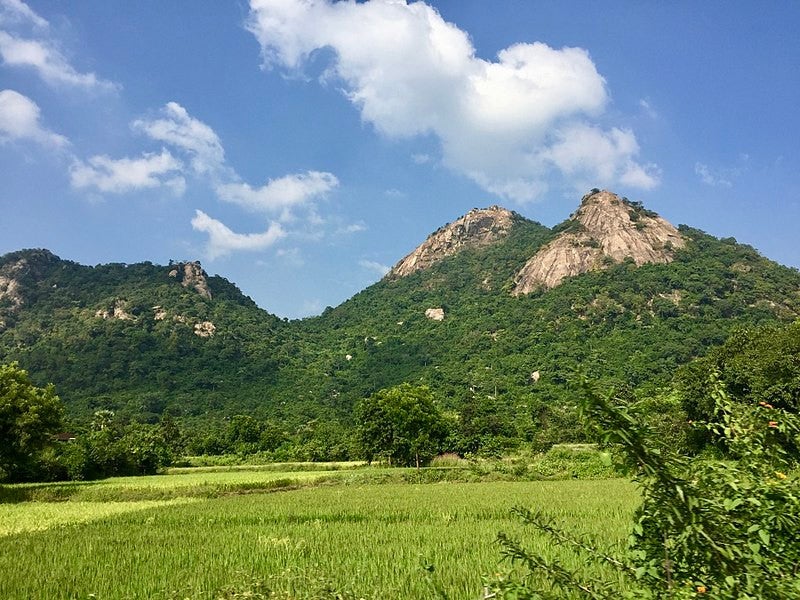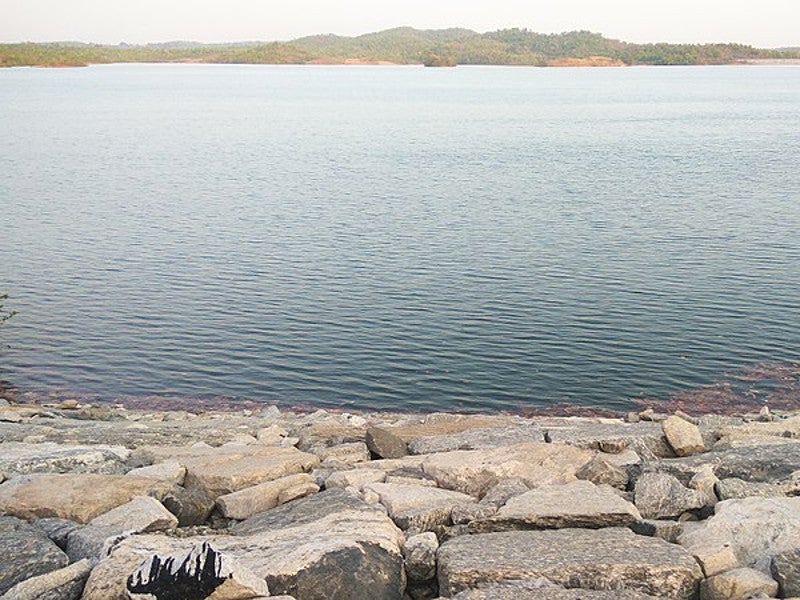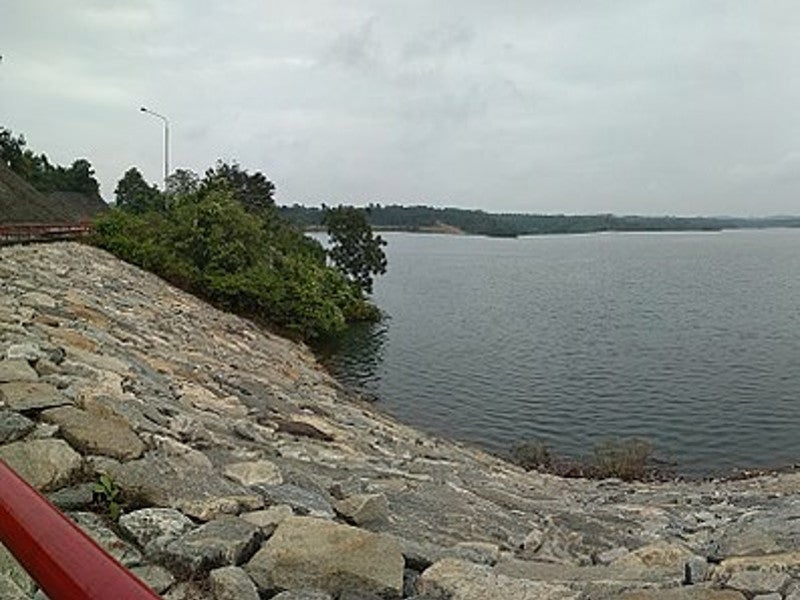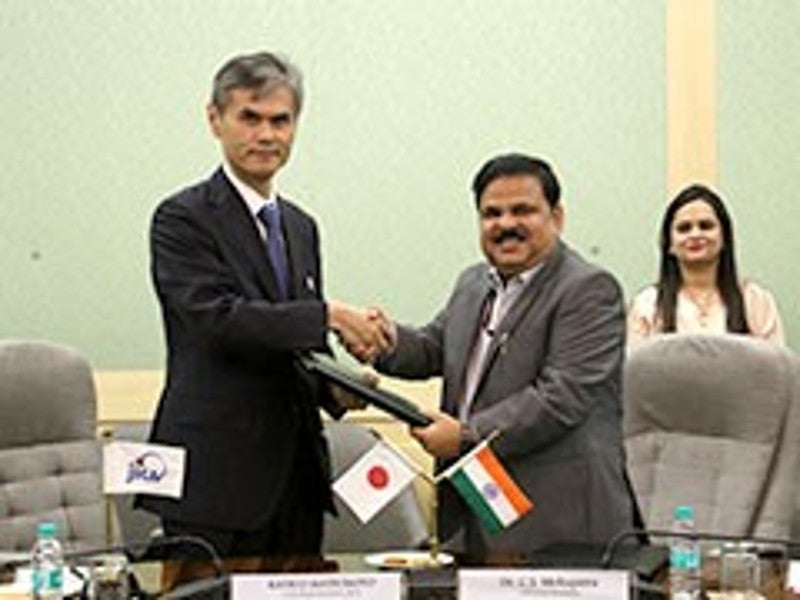The Turga pumped storage project (TPSP) is a 1,000MW pumped storage hydroelectric project proposed to be developed in the Purulia district of West Bengal, India.
West Bengal State Electricity Distribution Company (WBSEDCL) is the implementing agency of the project. It will also own and operate the facility, upon completion.
The £764m ($920m) project is being developed with Japanese financial assistance that covers more than 70% of the total project cost.Pre-construction activities on the project were started in October 2016, while land acquisition was completed in February 2017, followed by the grant of forest clearance in July 2018.
Scheduled for commissioning in 2028, the Turga pumped storage facility will be used to supply peak power and to contribute to the grid stability in the region.
Turga project background
The Turga pumped storage project is being developed near the 900MW Purulia pumped storage plant (PPSP) located in Bagmundi, which has been operational since 2008. Turga was identified as one of the four potential pumped storage development sites in the area, in a survey conducted by the Central Electricity Authority (CEA), Government of India, in 1979.
The CEA approved the detailed project report (DPR) for the Turga pumped storage project in October 2016, while the project received the cabinet approval from the Government of West Bengal in May 2017.
Turga pumped storage power plant make-up
Turga is designed as a closed-loop type pumped storage project involving an upper and a lower dam with a total catchment area of 12.66km² and an underground powerhouse downstream of the upper dam.
The upper dam will be a 732m-long rock-fill dam across the Turga Nala, a tributary of Subarnarekha River. The catchment area of the upper dam will be 8.29km².
The lower dam will be an 872m-long concrete dam with a catchment area of 4.37km². It will be developed by augmenting the existing Turga Dam. Both the upper and lower dams will be up to 64m-high.
Water from the upper reservoir to the powerhouse will flow through two 618m-long headrace tunnels, and two 224m-long and 9m-diameter steel-lined penstocks. The powerhouse will release water to the lower reservoir through two tailrace tunnels, which are 7m and 10m in diameter.
The underground bullet-shaped powerhouse will be 160m-long, 25m-wide, and 55m-high. It will be equipped with four 250MW Francis vertical shaft reversible pump-turbine units, including two variable speed and two fixed speed pump-turbine units.
The Turga Pumped Storage Project envisages utilisation of rainfall in the catchment of the Turga Nala. The surplus water will be pumped to the upper reservoir, where it will be stored for power generation when demand peaks.
The facility will be capable of geerating 1,000MW of electricity for a period of five hours during periods of peak demand.
Transmission
The electricity from the pumped storage facility will be evacuated to the national grid through a 1.7km-long double-circuit 400kV transmission line, which will connect the existing PPSP substation.
Financing
The Turga pumped storage project is planned to be developed with a Japanese Official Development Assistance (ODA) loan of £552m ($665m) .
The Japan International Cooperation Agency (JICA) and the Government of India signed a loan agreement for £202m ($243m) for the project in November 2018.
Location and site details
Encompassing 292ha at an elevation of 600m, the Turga project site is located on the Ayodhya Hills near Baghmundi village in the Purulia district of West Bengal, India.
Road access to the project site is via the Balarampur-Baghmundi state highway. Air access is via Ranchi airport, which is located approximately 160km from the project, while railways extend up to the nearby town of Balarampur.
Haldia and Kolkata are the nearest ports from the project site.
Contractors involved
Water and Power Consultancy Services (WAPCOS), a state-run consultancy organisation of the Government of India, provides consultancy services for the project.
J-POWER conducted the preliminary studies and prepared the final technical reports for the Turga pumped storage project.






